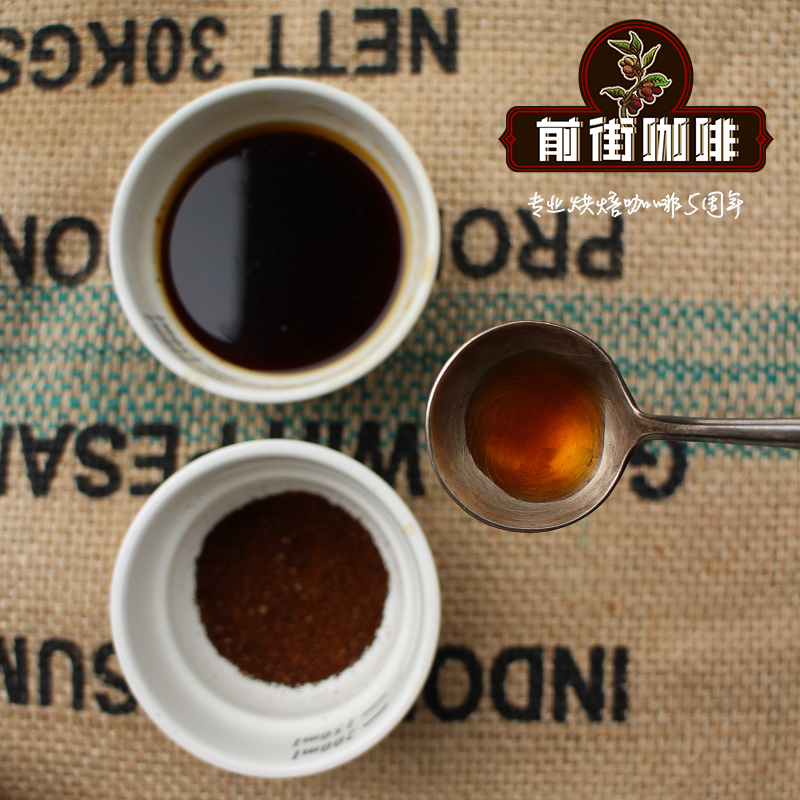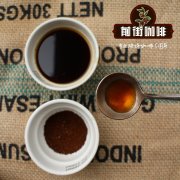What coffee cup do you use to drink coffee? what kind of cup is suitable for drinking coffee?

Professional coffee knowledge exchange more coffee bean information please follow the coffee workshop (Wechat official account cafe_style)
You may have many mugs at home, and you should also have the cup you like or are most used to. In addition to pleasing to the eye, or the cup has a special meaning to you, what you need to consider is actually the material.
Drinking coffee from cups of different materials will affect the flavor of coffee due to differences in thermal conductivity.
Heat preservation effect
The thermal insulation effect of ceramic is better than that of glass, although the thermal insulation effect also depends on the shape of the cup and the surface area of coffee exposed to the air, but the material will directly affect the heat loss due to evaporation.
The cup itself will absorb heat because of conduction, and then dissipate heat through convection. Combining the comparison of heat conduction and convection, the heat dissipation of ceramic will be lower than that of glass.
I believe it has been learned in physics and chemistry before that "conduction" is the heat loss caused by the direct contact of two materials, one of which is colder than the other. Because ceramics have more pores than glass, heat is transmitted more slowly in ceramic cups, which become thermal insulators and slow down the heat loss caused by heat conduction.
Convection is the loss of heat through contact with air. Once the temperature of the cup itself rises, it loses heat through convection. On the other hand, this causes the glass to pass through conduction in order to absorb more calories from coffee. Ceramics have higher specific heat than glass, which means that ceramics lose heat more slowly than glass through convection.
Using two kinds of cups of the same shape and size, the heat loss caused by convection in ceramic cups is about 11.1% slower than that of glass cups.
To put it simply, ceramic cups have a better heat preservation effect than glass cups.
Recycled glass is more environmentally friendly.
From the point of view of environmental protection, the materials of glass and ceramics are not as simple as the heat preservation effect, and both have their advantages and disadvantages.
First of all, glass can be recycled, but ceramics usually cannot be recycled (technically, some ceramics can be "degraded and recycled" and added to other ceramic products, but usually inferior ceramics resulting from degraded recycling are not usually used in the manufacture of cups). From the point of view of environmental protection alone, glass has less burden on the environment than ceramics.
On the other hand, ceramic is lighter than glass, so it consumes less fuel when it is transported. Although the weight difference between a glass and a ceramic cup is almost negligible, if the whole truck is loaded with thousands of cups, the difference will be obvious.
It has been suggested that if the environment is the primary consideration, we can use cups made of recycled glass or buy lighter ceramic cups to reduce the burden on the environment.
Important Notice :
前街咖啡 FrontStreet Coffee has moved to new addredd:
FrontStreet Coffee Address: 315,Donghua East Road,GuangZhou
Tel:020 38364473
- Prev

What are the characteristics of beans like coffee in Guatemala? how big are beans like coffee?
Professional coffee knowledge exchange more coffee bean information Please pay attention to the coffee workshop (Wechat official account cafe_style) Giant Elephant beans (Maragogype) is a variety of Tibica (Arabica native beans); its trees, leaves and fruits are much larger than those of ordinary Arabica. First, let's take a look at the usual measurement methods in the coffee industry. The industry describes the size of raw coffee beans as 1 gram 64.
- Next

Coffee temperature requires coffee best drinking time temperature American coffee temperature is more or less suitable
Professional coffee knowledge exchange more coffee bean information Please follow the coffee workshop (Wechat official account cafe_style) most coffee drinkers have a preference for drinking temperature, ranging from 70 or 80 degrees hot coffee to near zero degrees iced coffee, as long as you can bear the temperature can drink, that is to say, according to personal preference. But generally speaking, the standard of temperature that we define is at best
Related
- Beginners will see the "Coffee pull flower" guide!
- What is the difference between ice blog purified milk and ordinary milk coffee?
- Why is the Philippines the largest producer of crops in Liberia?
- For coffee extraction, should the fine powder be retained?
- How does extracted espresso fill pressed powder? How much strength does it take to press the powder?
- How to make jasmine cold extract coffee? Is the jasmine + latte good?
- Will this little toy really make the coffee taste better? How does Lily Drip affect coffee extraction?
- Will the action of slapping the filter cup also affect coffee extraction?
- What's the difference between powder-to-water ratio and powder-to-liquid ratio?
- What is the Ethiopian local species? What does it have to do with Heirloom native species?

